Hattadare Indian NationJames Lowery (aka Dr. Chief Little Beaver) (1911 - 1990)
Extant
442 Pendergraft Road, Bunnlevel, North Carolina, 28323, United States
About the Artist/Site
James Lowery claimed to be a descendant of a tribe of Native Americans who had greeted the first group of would-be English colonizers who arrived on North Carolina’s north coast, near Manteo, in 1587, years before the 1621 arrival of the Pilgrims. While most historians believe that no one survived from that first group of English immigrants, Lowery’s family history held that a woman named Virginia Dare did not perish. She, Lowery believed, became his maternal ancestor and married his paternal ancestor, a member of the tribe of Hatteras Indians (sometimes spelled Hataras by Lowery); from this Lowery constructed the Hattadare name.
He later explained that he had been compelled to do this by a series of apparitions of his ancestor Henry Berry Lowry [aka Lowery], a Lumbee Indian outlaw hero from the mid-1860s, who revealed to him the history of this lost Native American tribe. Lowery took the title Dr. Chief Little Beaver and decided to try to unite the state’s mixed-race Native Americans under a common name. He even submitted a petition soliciting Federal recognition of the tribe, but while federal recognition was never granted, the state of North Carolina did later recognize its Native American origins. At one time the tribe had almost 1000 members.
Following a trip to California with his wife Litha, where they spent time living with a group of Indians, Lowery, a TV repairman who had installed the first TV antenna in Raleigh, decided to create the Hattadare Indian Nation Park to honor not only his tribe but all Native Americans. Working on his half-acre property alongside highway 401, in 1968 he began to build a series of exhibits (including the world’s largest arrowhead, created from concrete and rock), a church, a gift shop, and a public space to hold pow-wows. Figurative painted concrete sculpture sheltered by open-air wooden structures grace the pathways through the park, which in its day became a popular attraction for school groups and Boy Scouts, among other visitors. Lowery had dreamt of building a monumental 13-story pyramid as a gathering place for all Native Americans, and had even tried to acquire the land on which the Harnett County Courthouse now sits for its location. He had hoped to include a theater within the pyramid where a play he wrote on his family’s heritage could be presented.
A self-portrait as Chief Little Beaver, described on an accompanying plaque as the Founder of the Hattadare Nation, depicts him sporting a wide-brimmed cowboy hat and wearing a long beard as he presides over the grounds. It was the last sculpture he built before his death. Other figural representations include the Native American chief who welcomed the English, others of Lowery’s ancestors including his great-grandfather Henry Berry Lowry, and key figures in the Hattadare Nation’s history. There is also a monumental rearing concrete horse, representations of local fauna (deer, bears) and not-so-local flora (including saguaro cacti), and a small yellow pyramid, the model for the monumental version which was never built.
None of the works were “made from a mold,” Lowery said; “it’s all made from history and legend. I’ve never been to a sculpture class. But I say, ‘inch by inch, anything’s a cinch.’ And that’s how I built it.”
The Park receives few visitors now and appears to be in a slow process of decay, although the family is doing its best to maintain the property and honor Chief Little Beaver’s dream and legacy.
~Jo Farb Hernández, 2016
Contributors
Map & Site Information
442 Pendergraft Road
Bunnlevel, North Carolina, 28323
us
Latitude/Longitude: 35.3097167 / -78.7803071
Nearby Environments


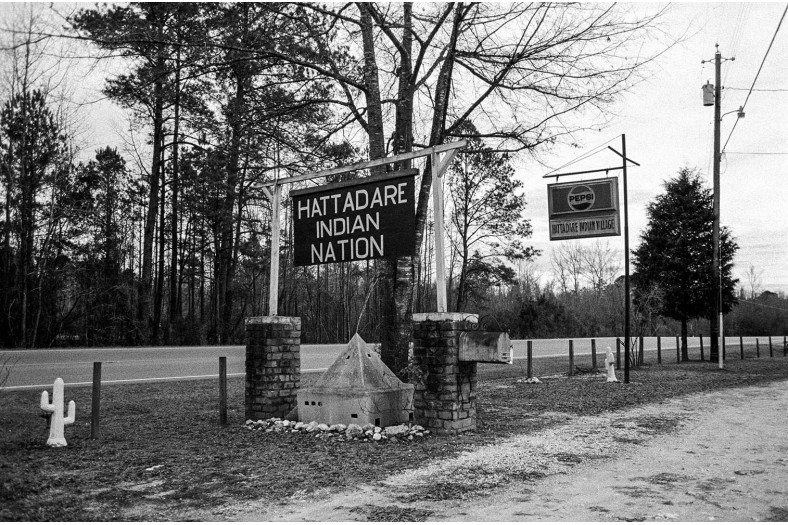

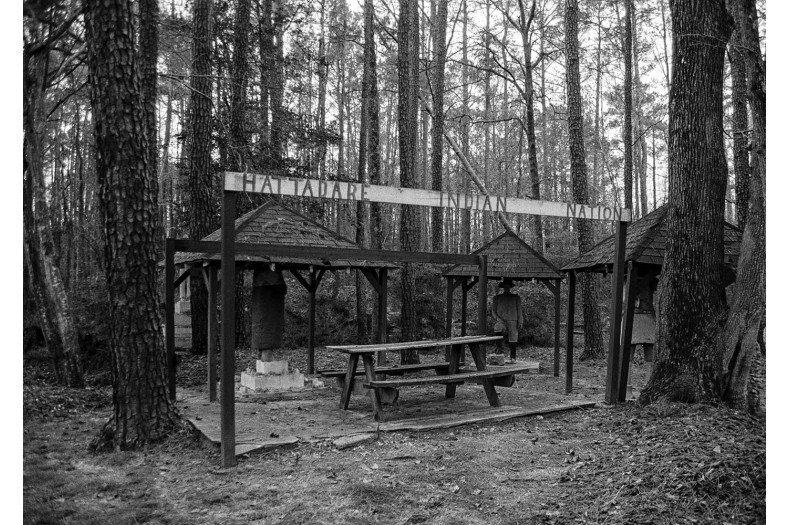
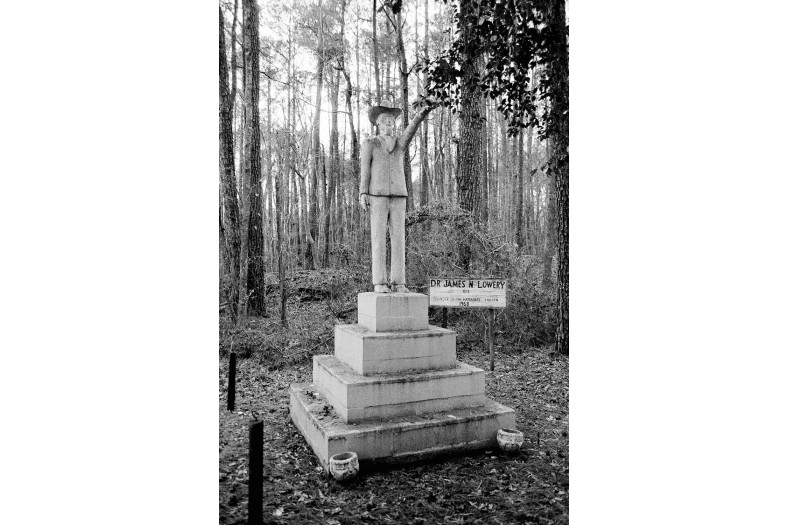
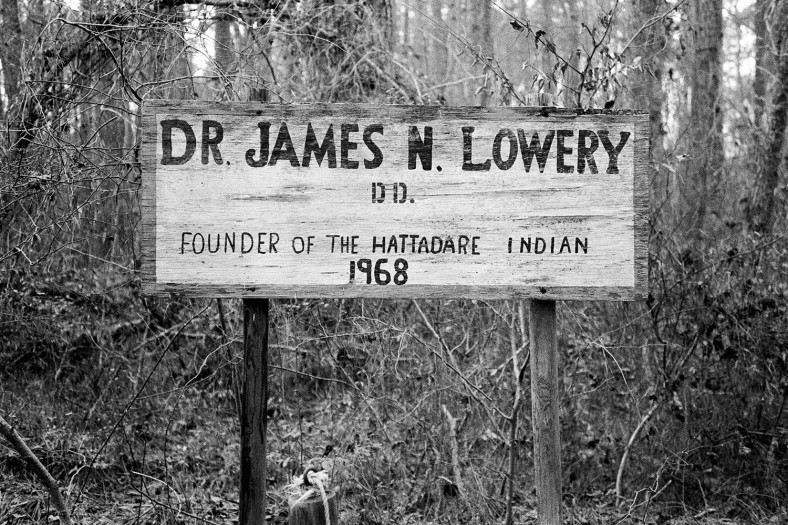
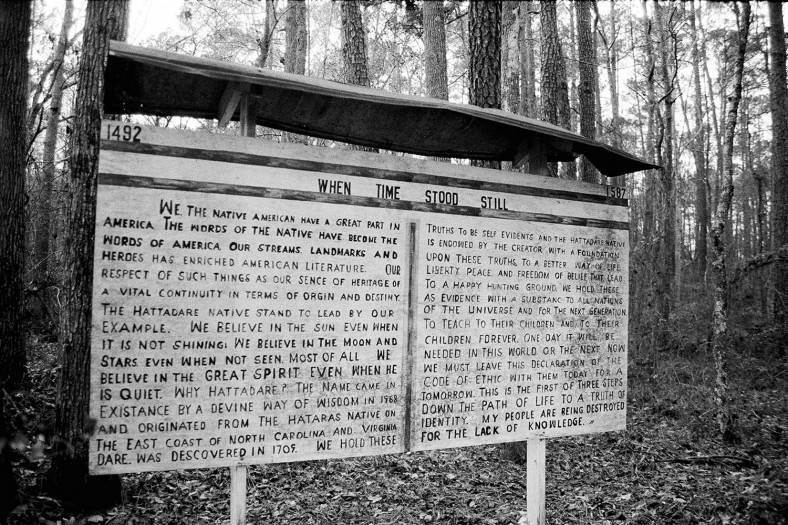

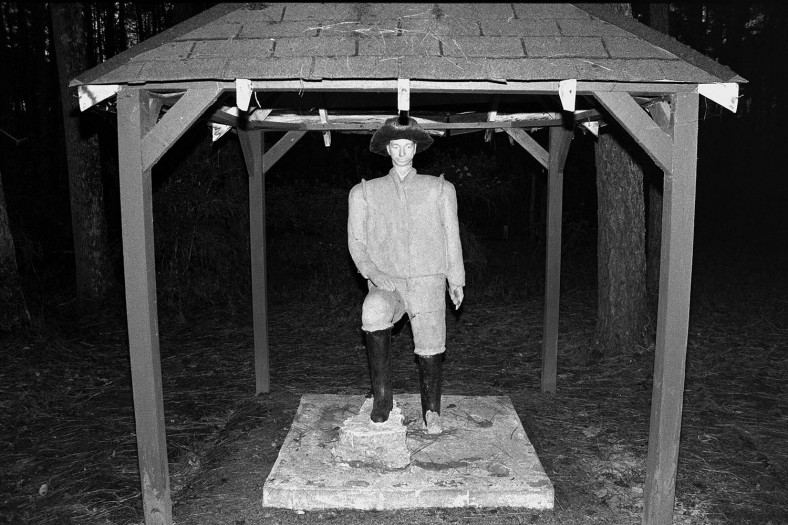

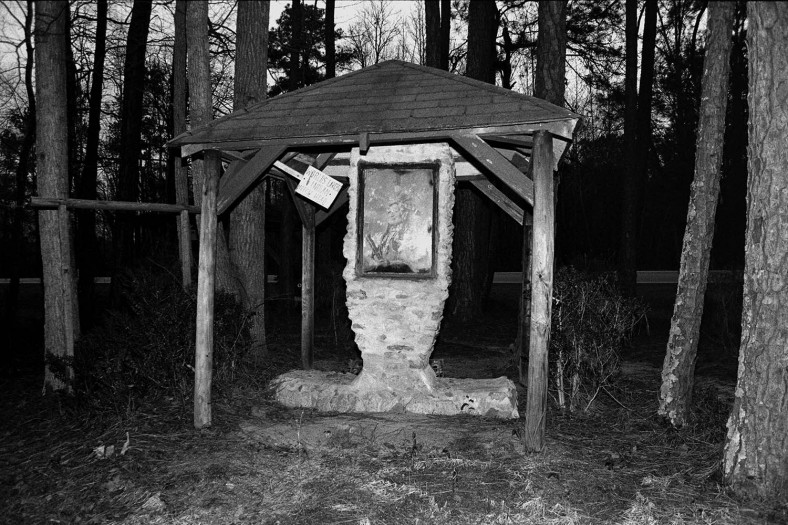
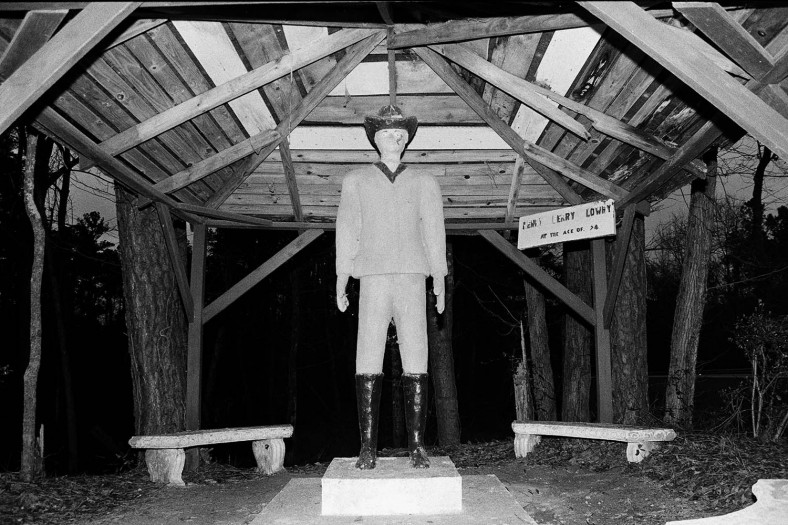
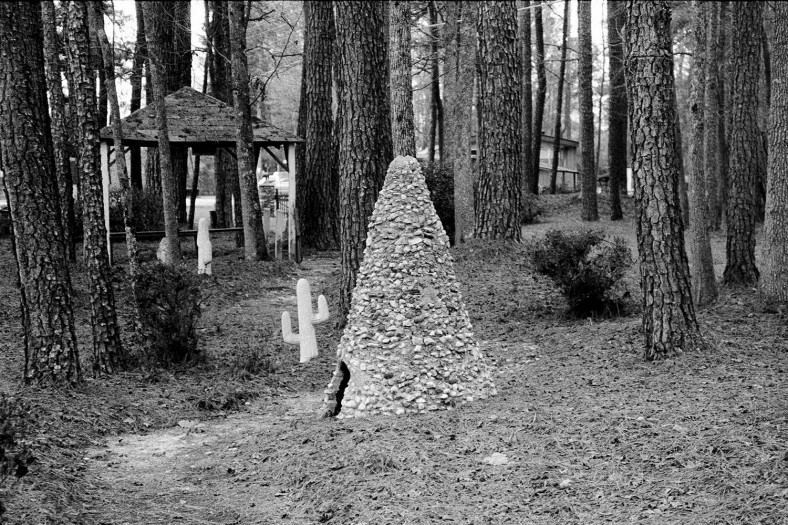
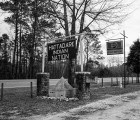
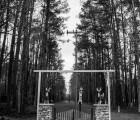

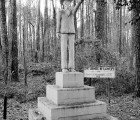

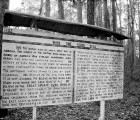
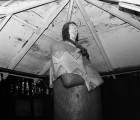
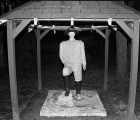
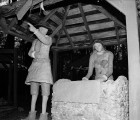
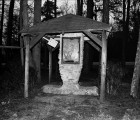
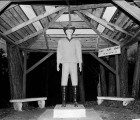
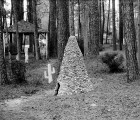
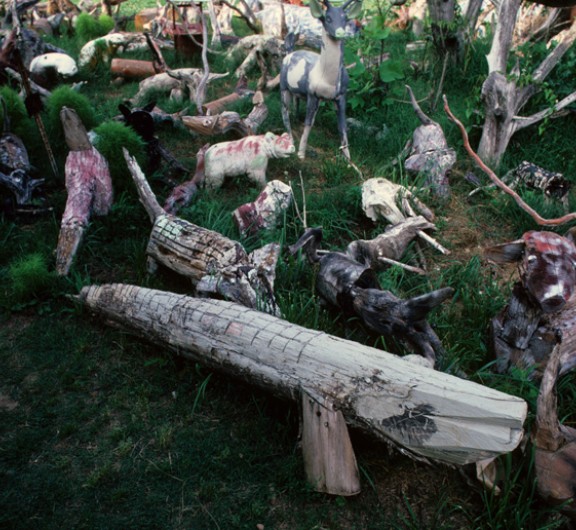
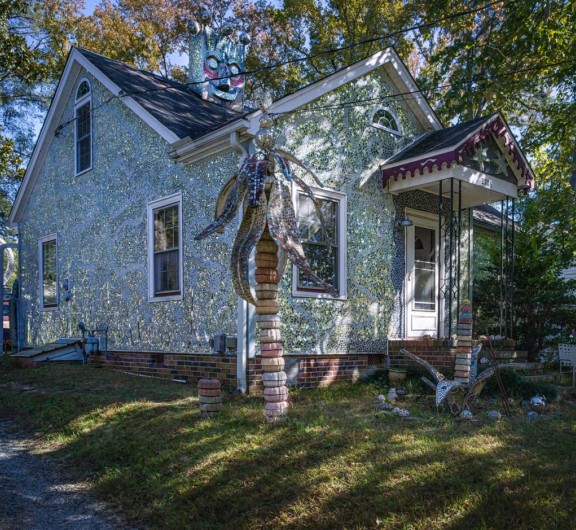
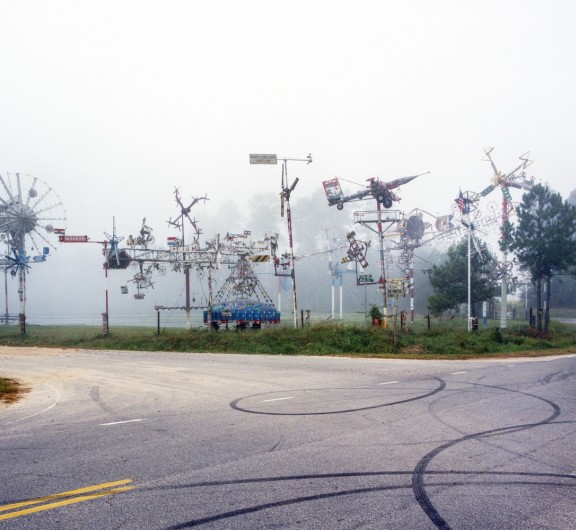
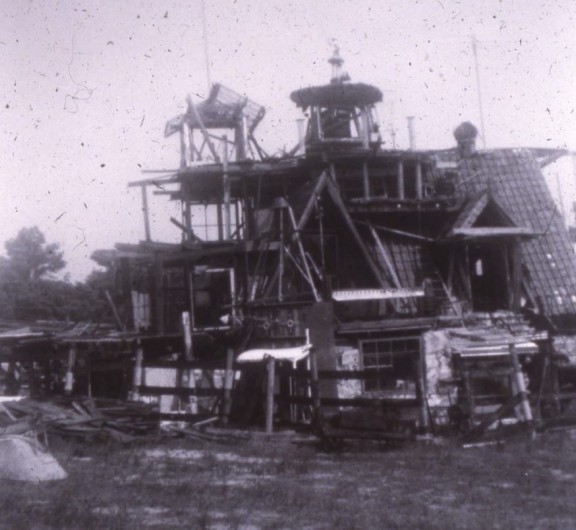
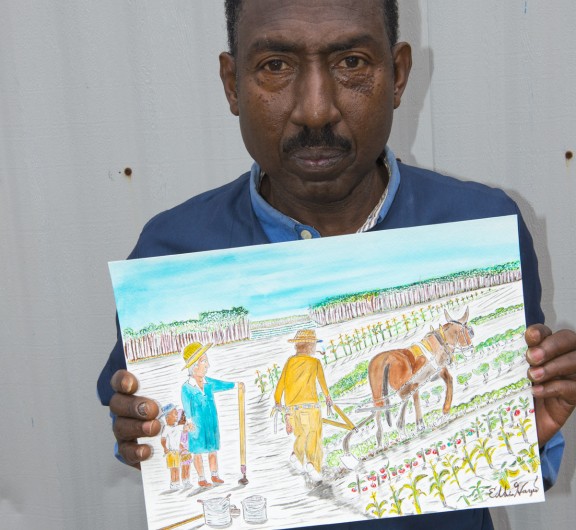
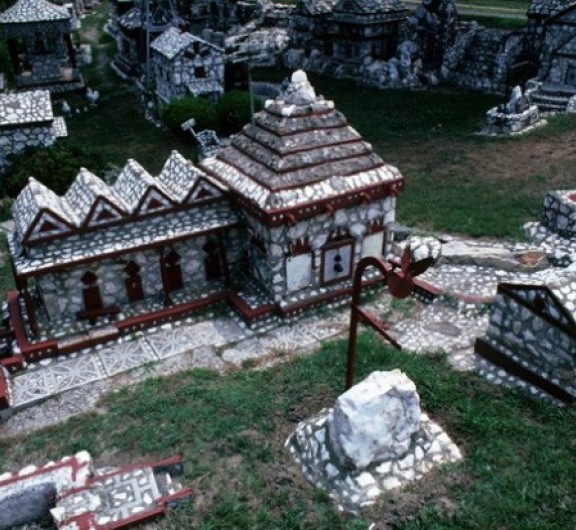

Post your comment
Comments
No one has commented on this page yet.